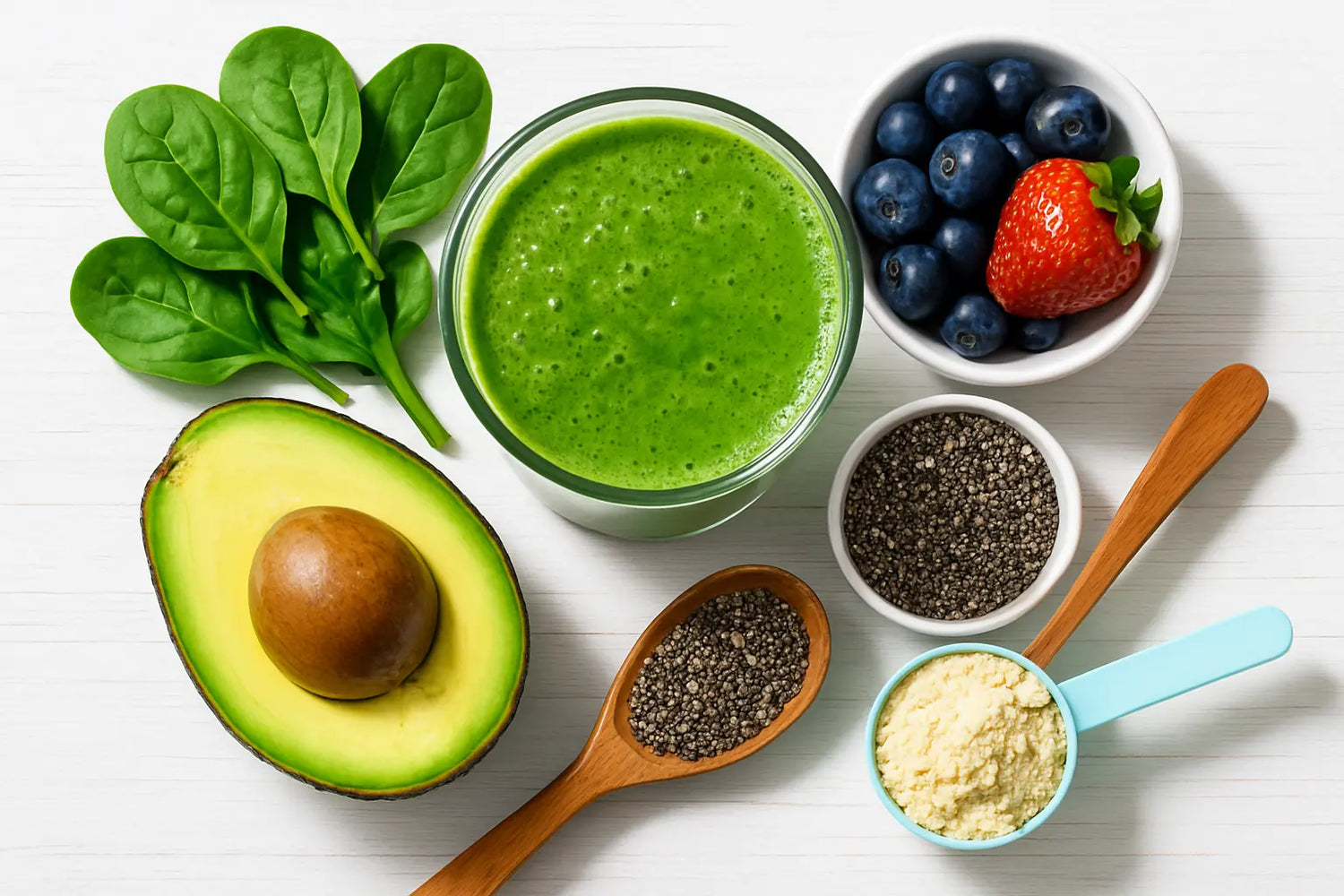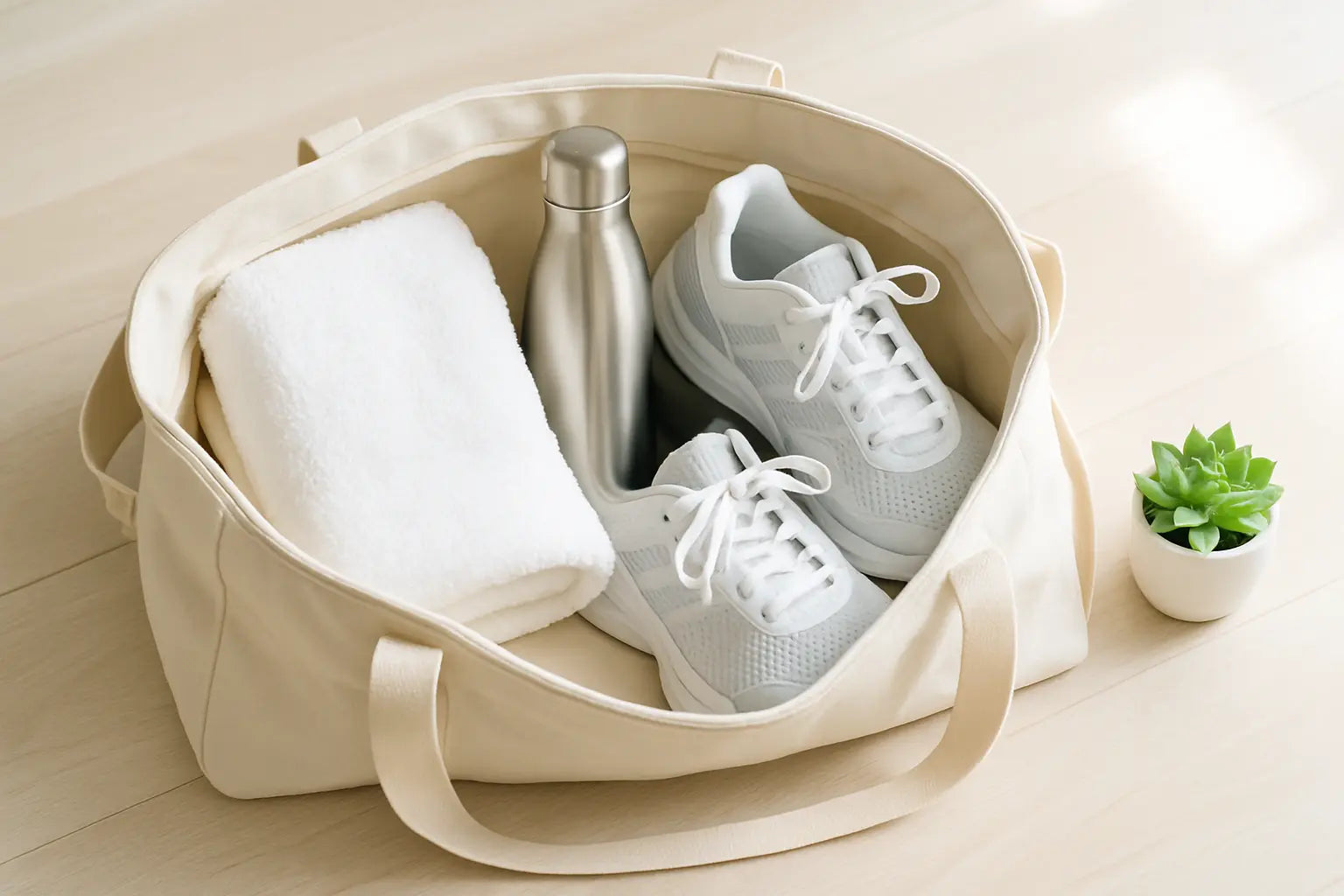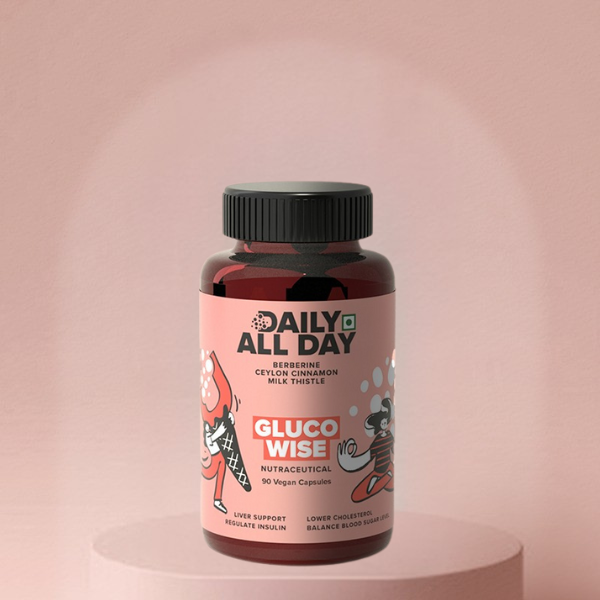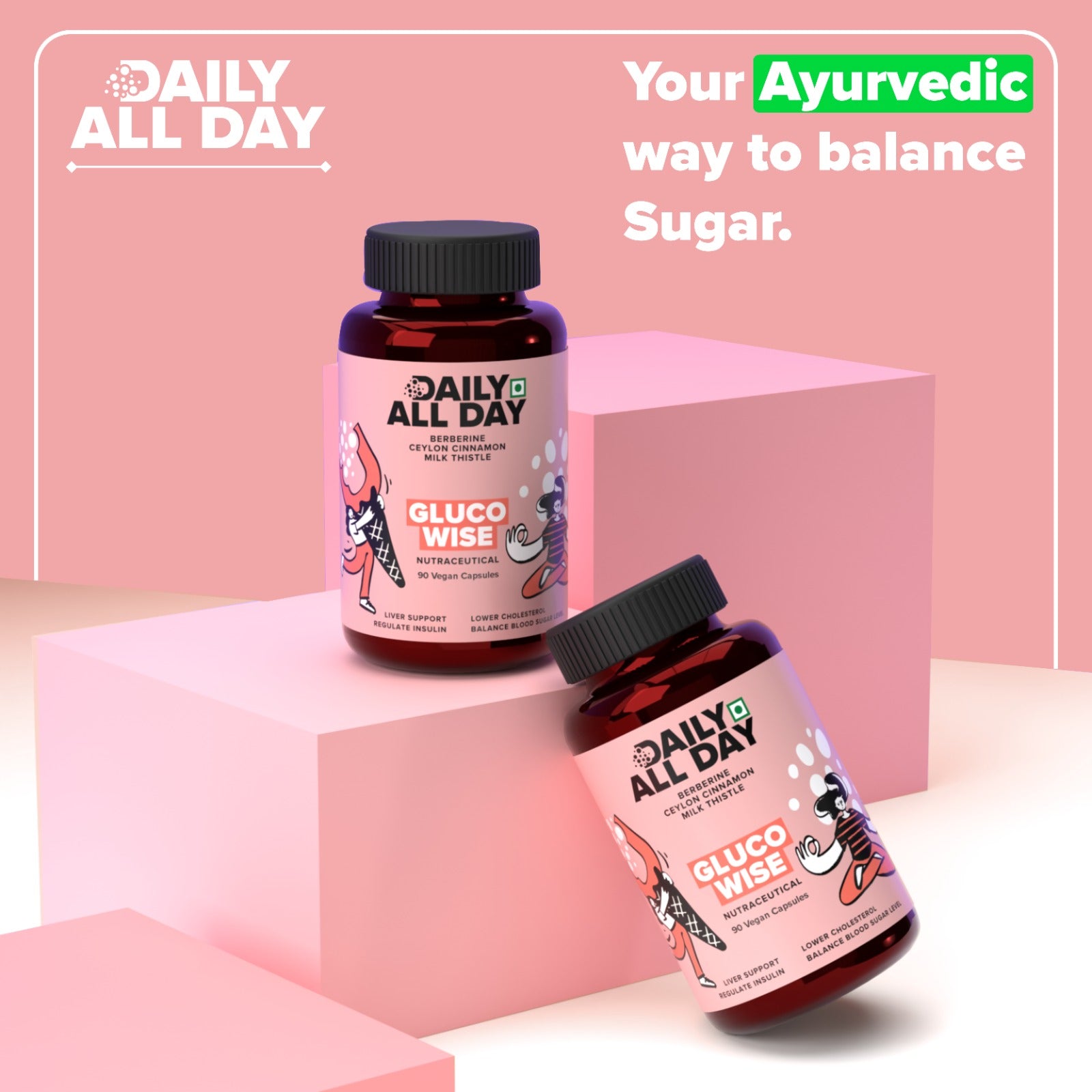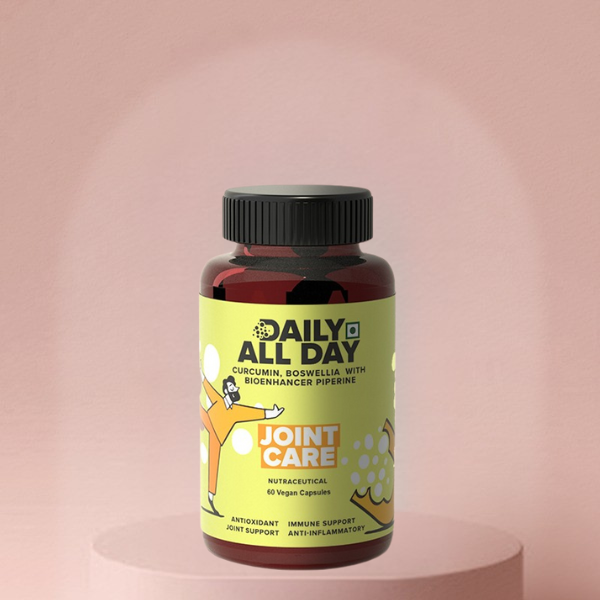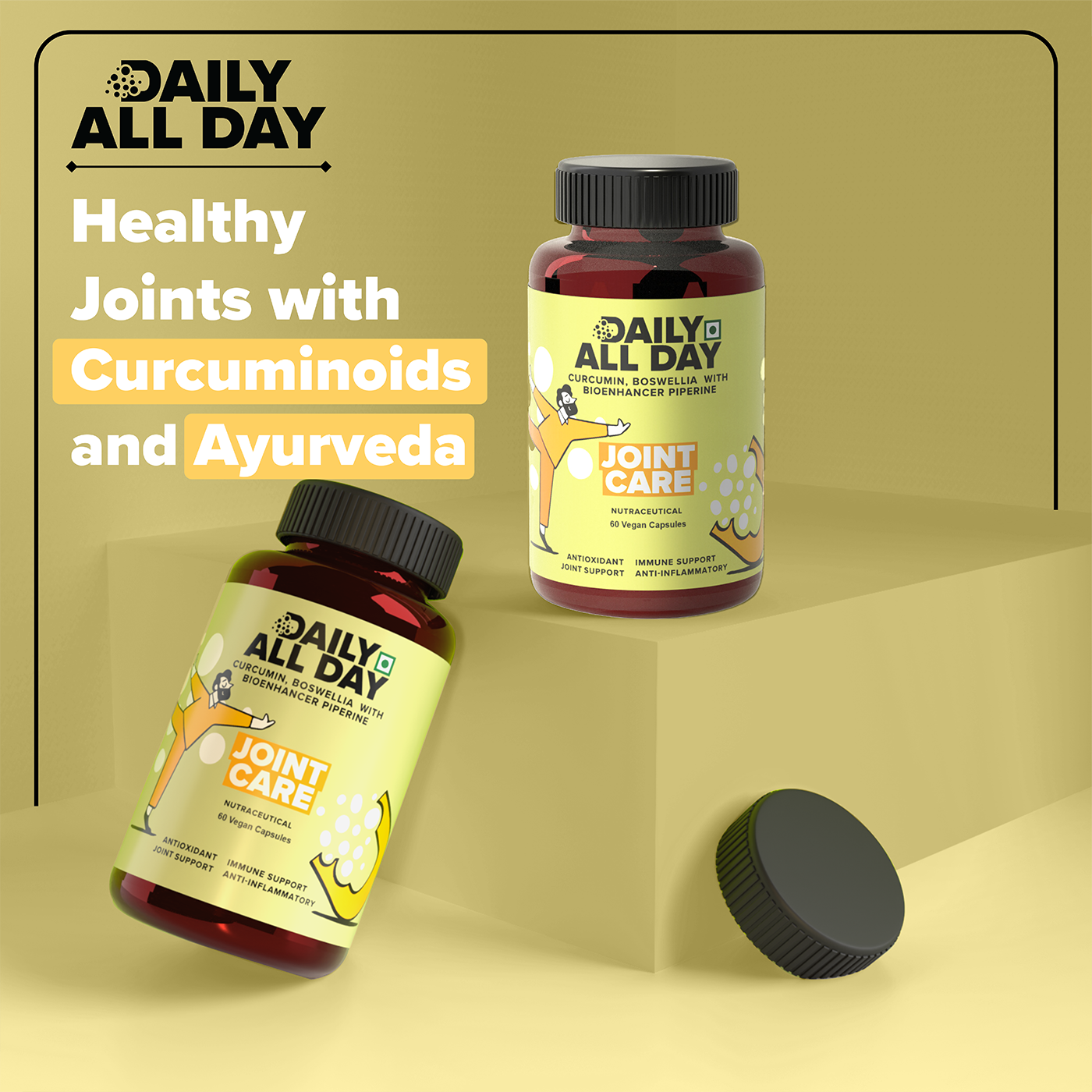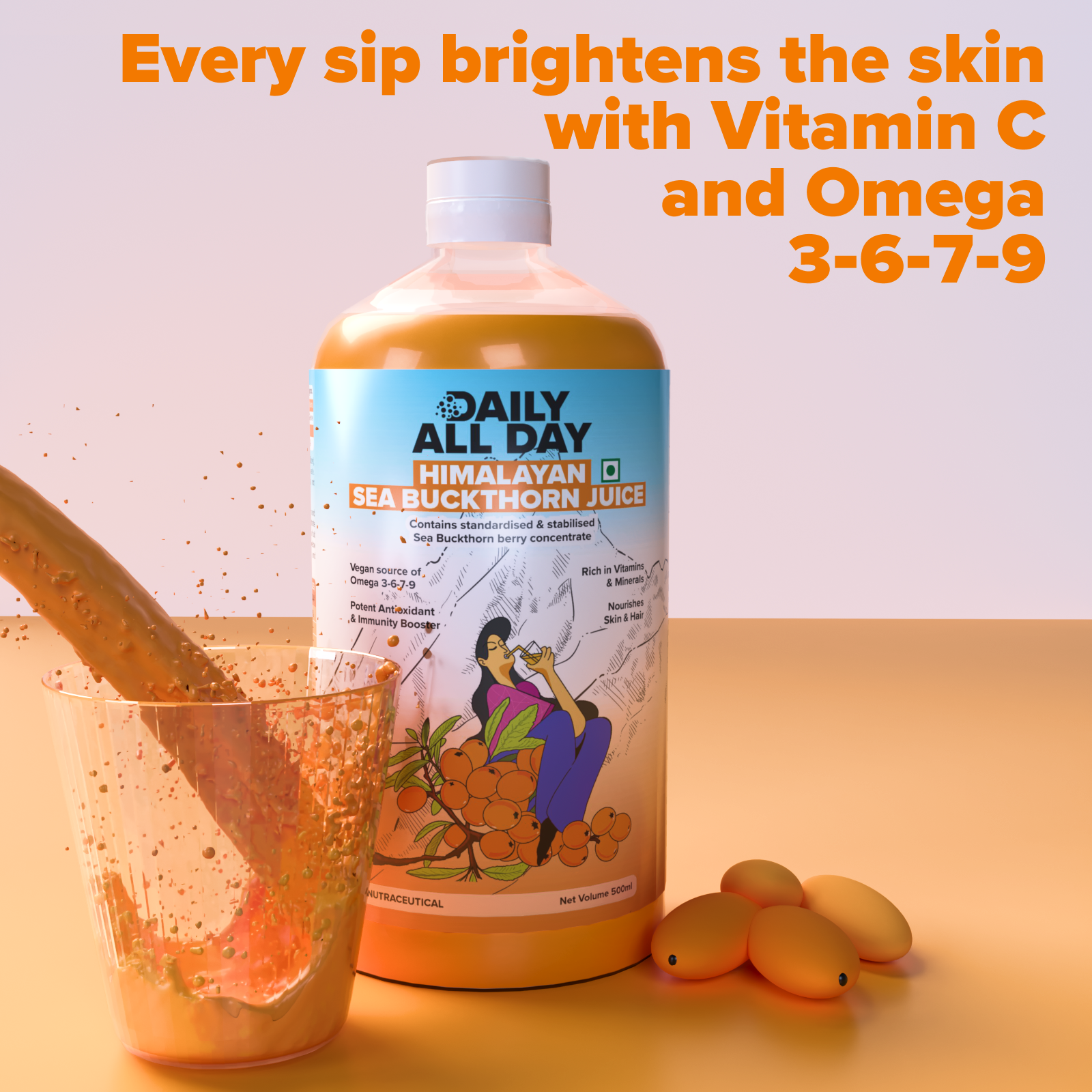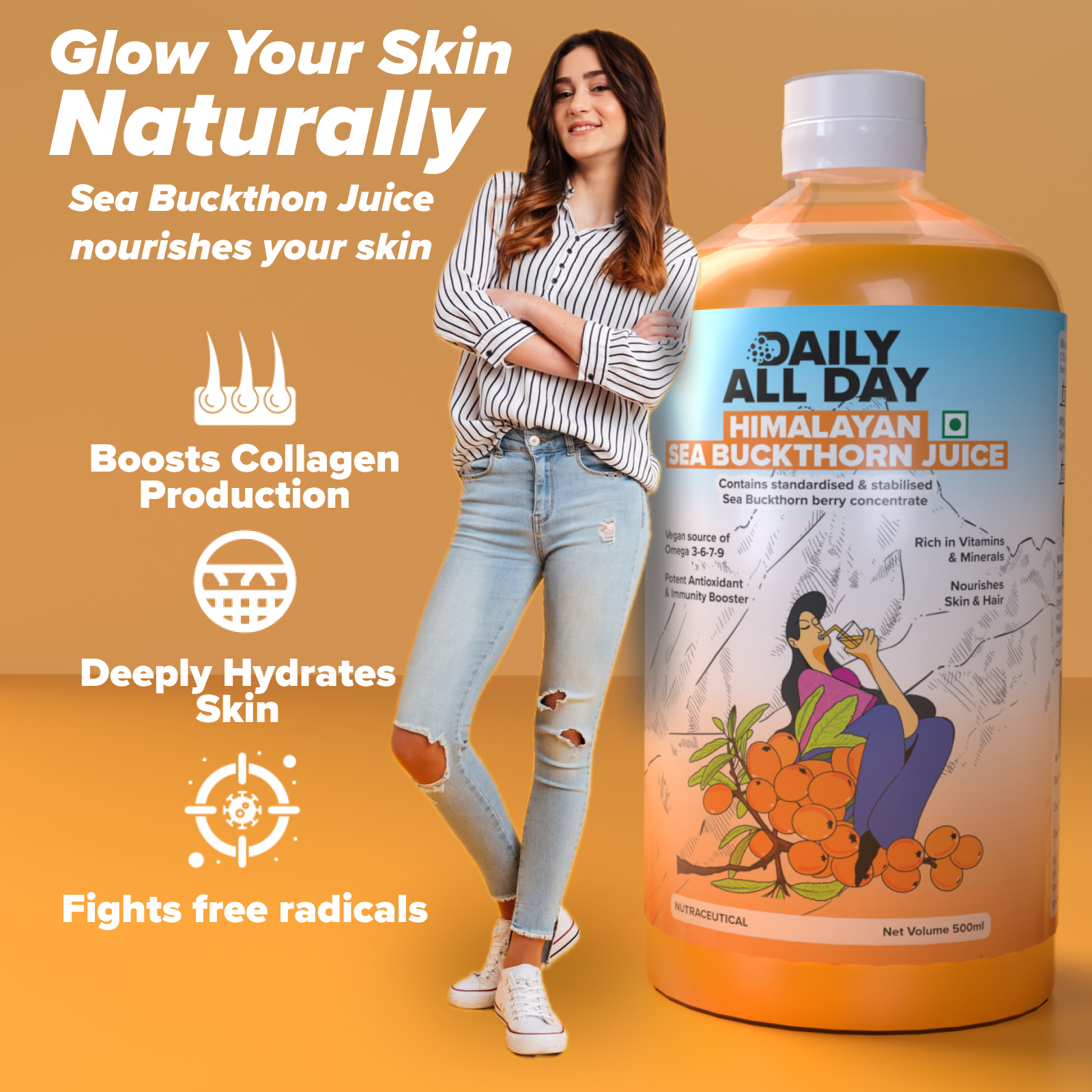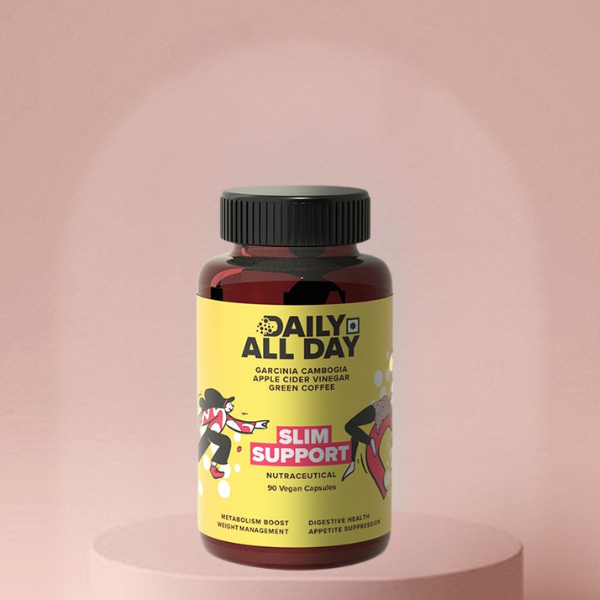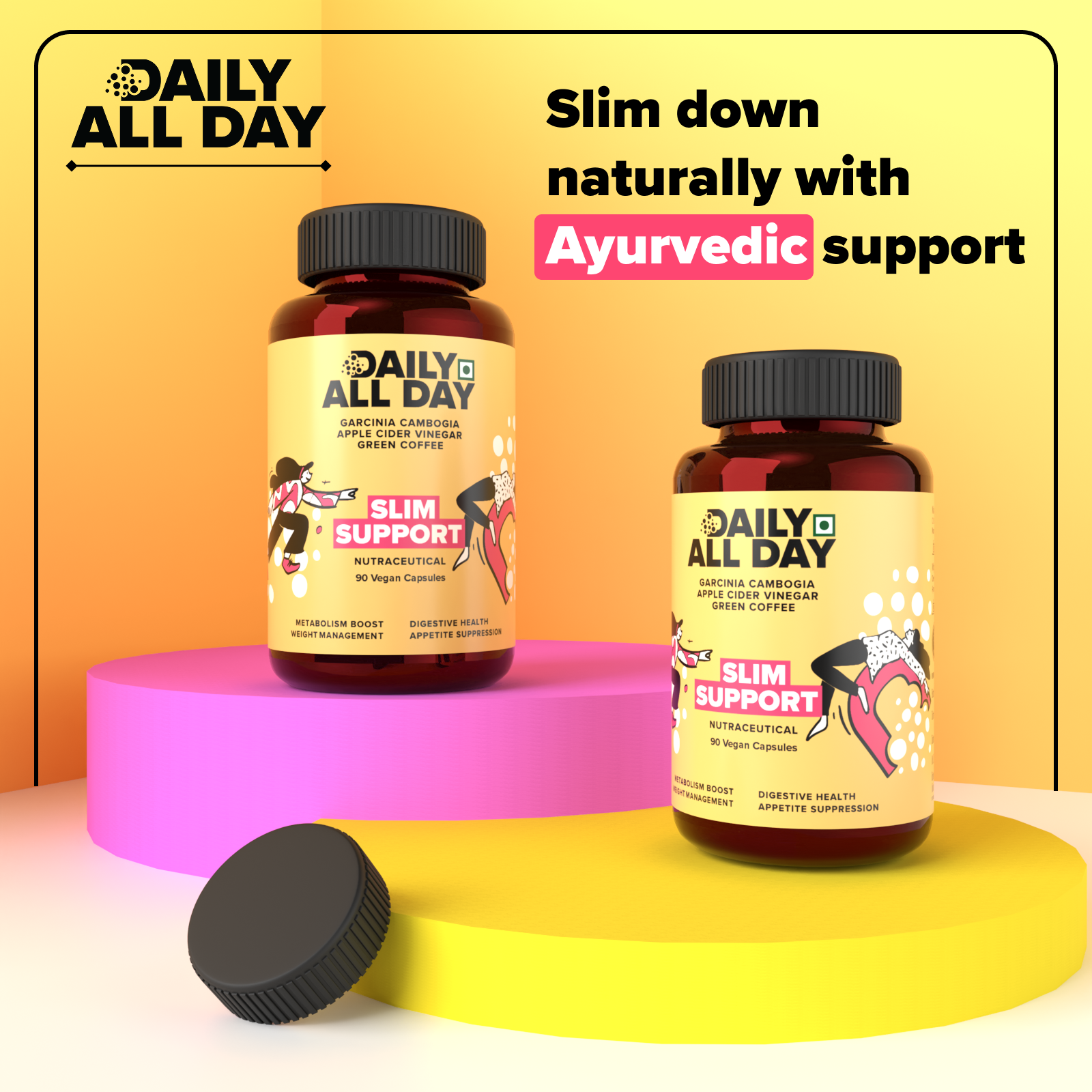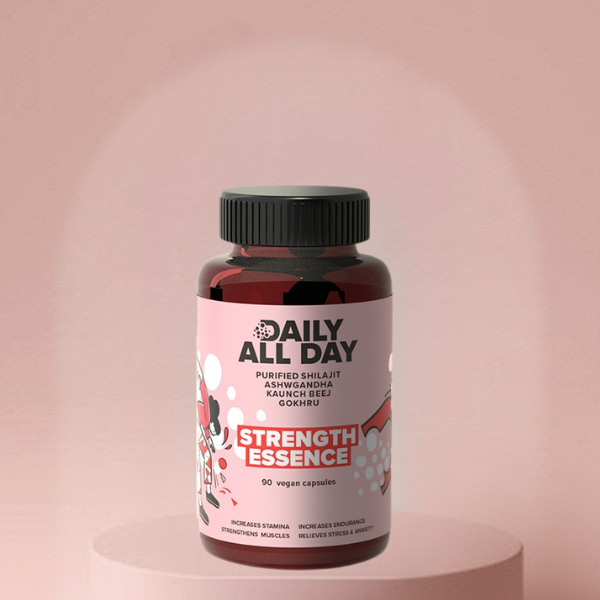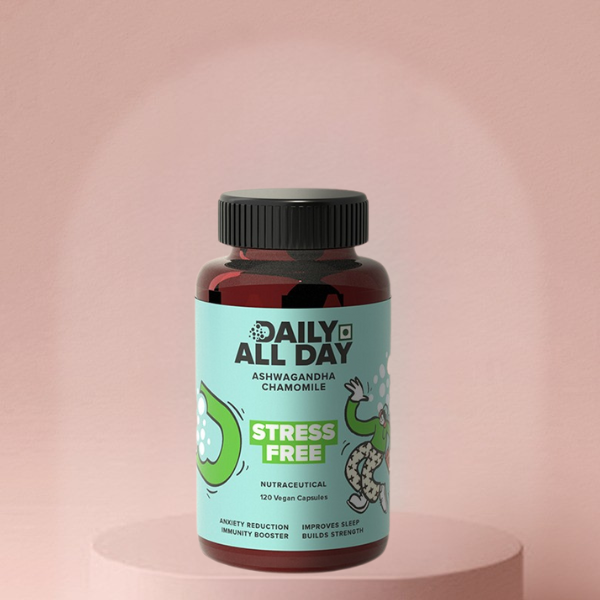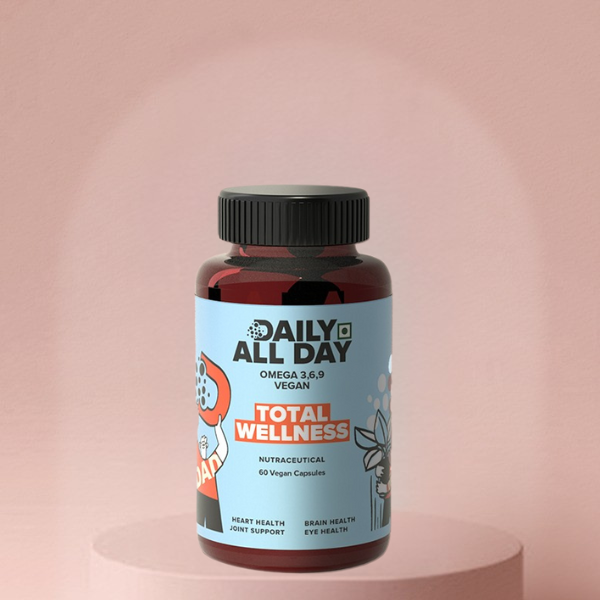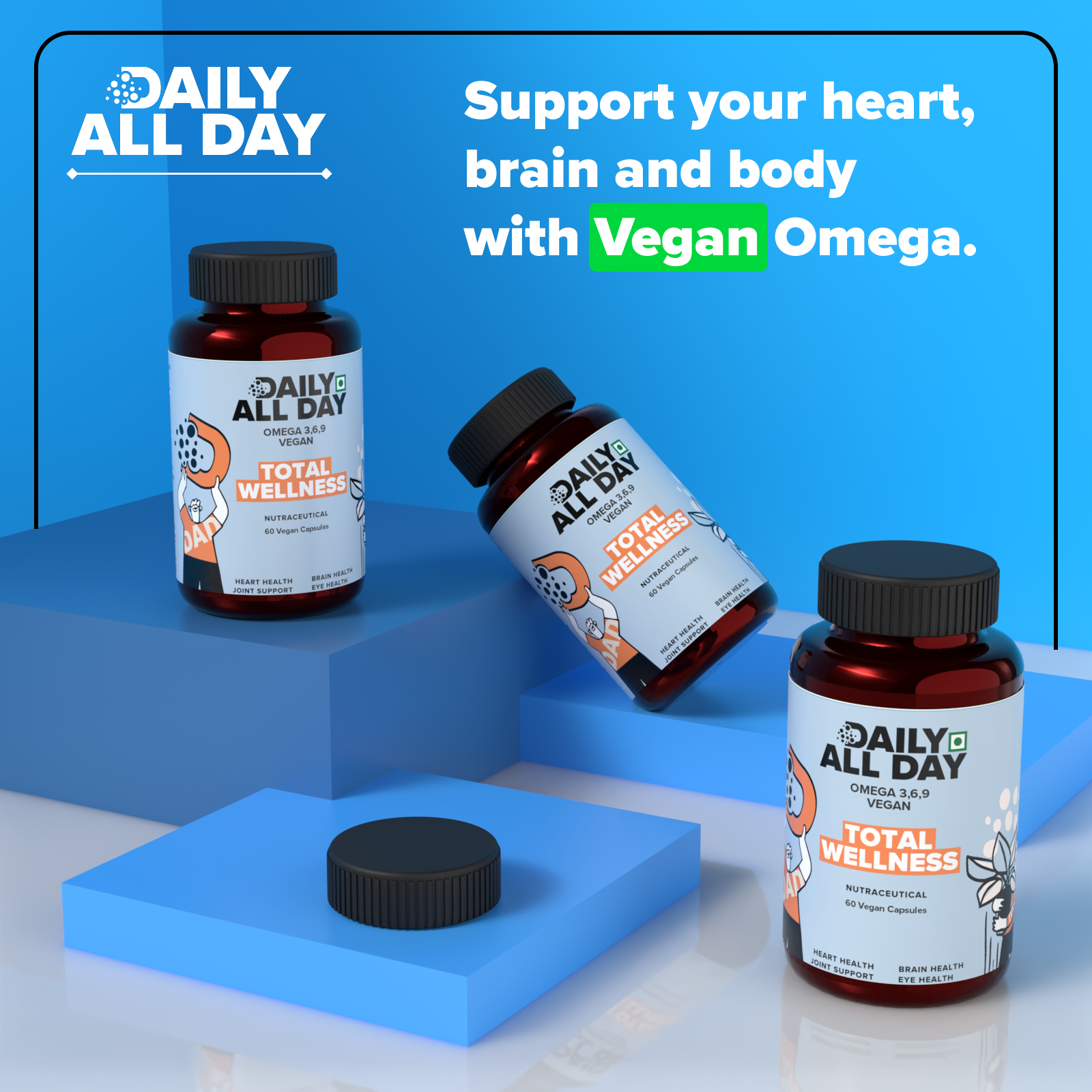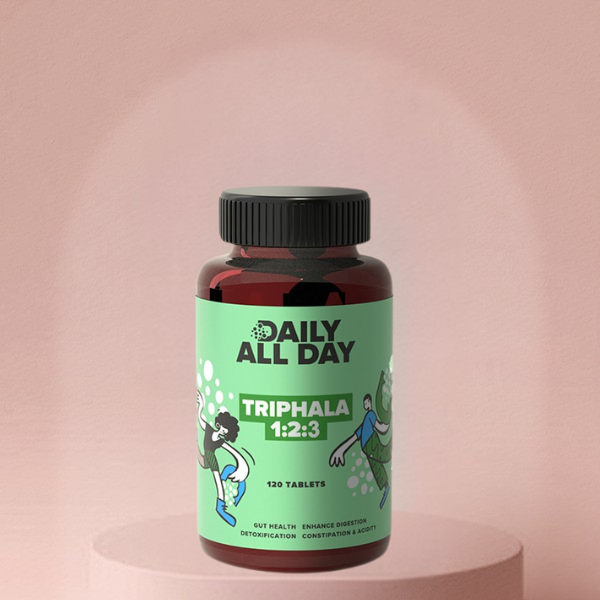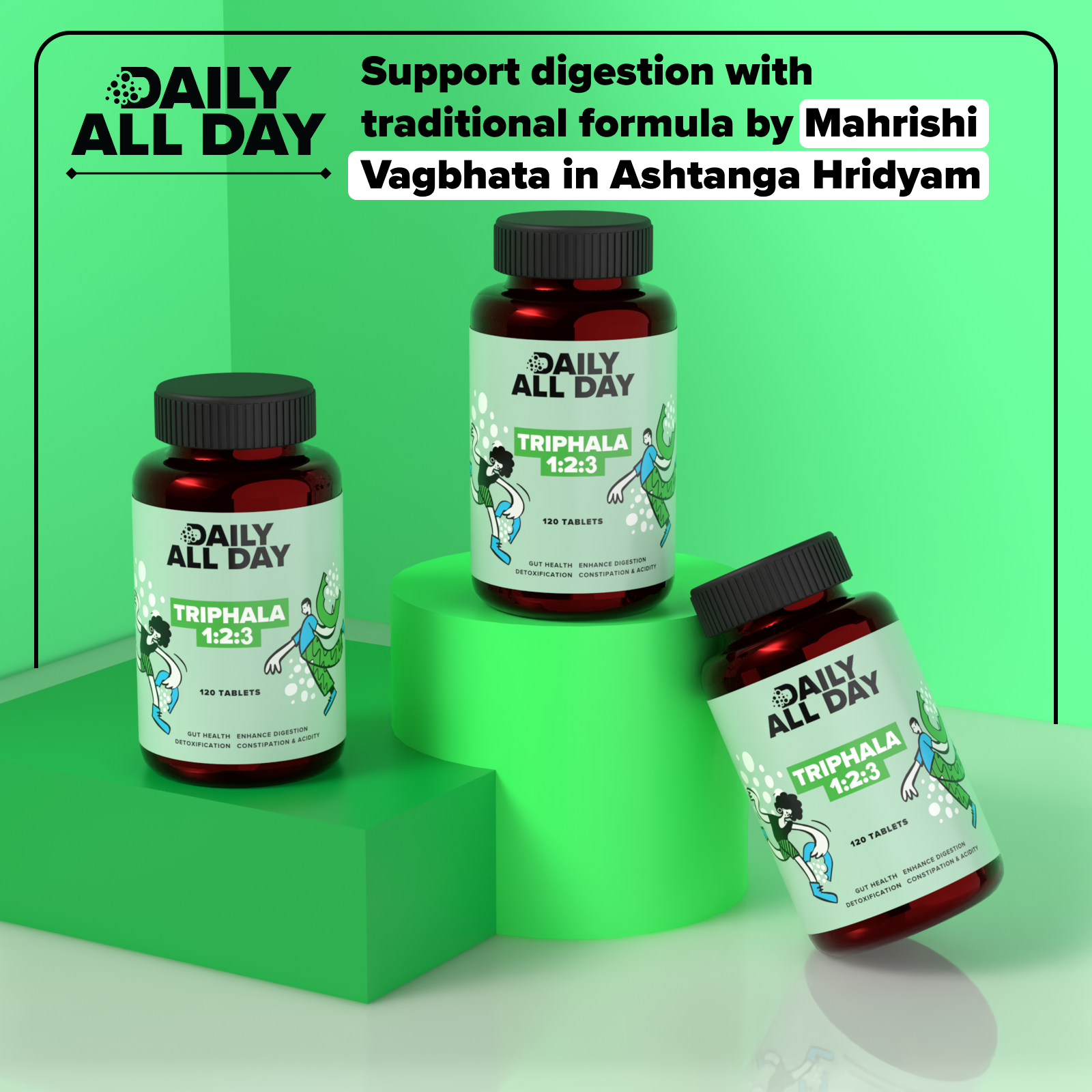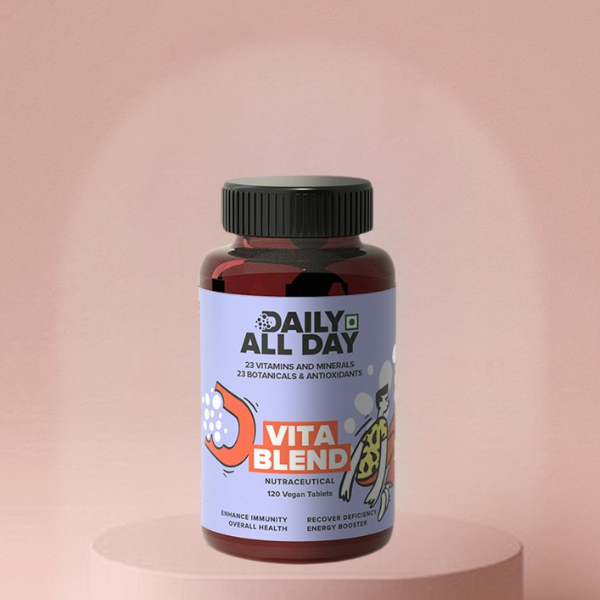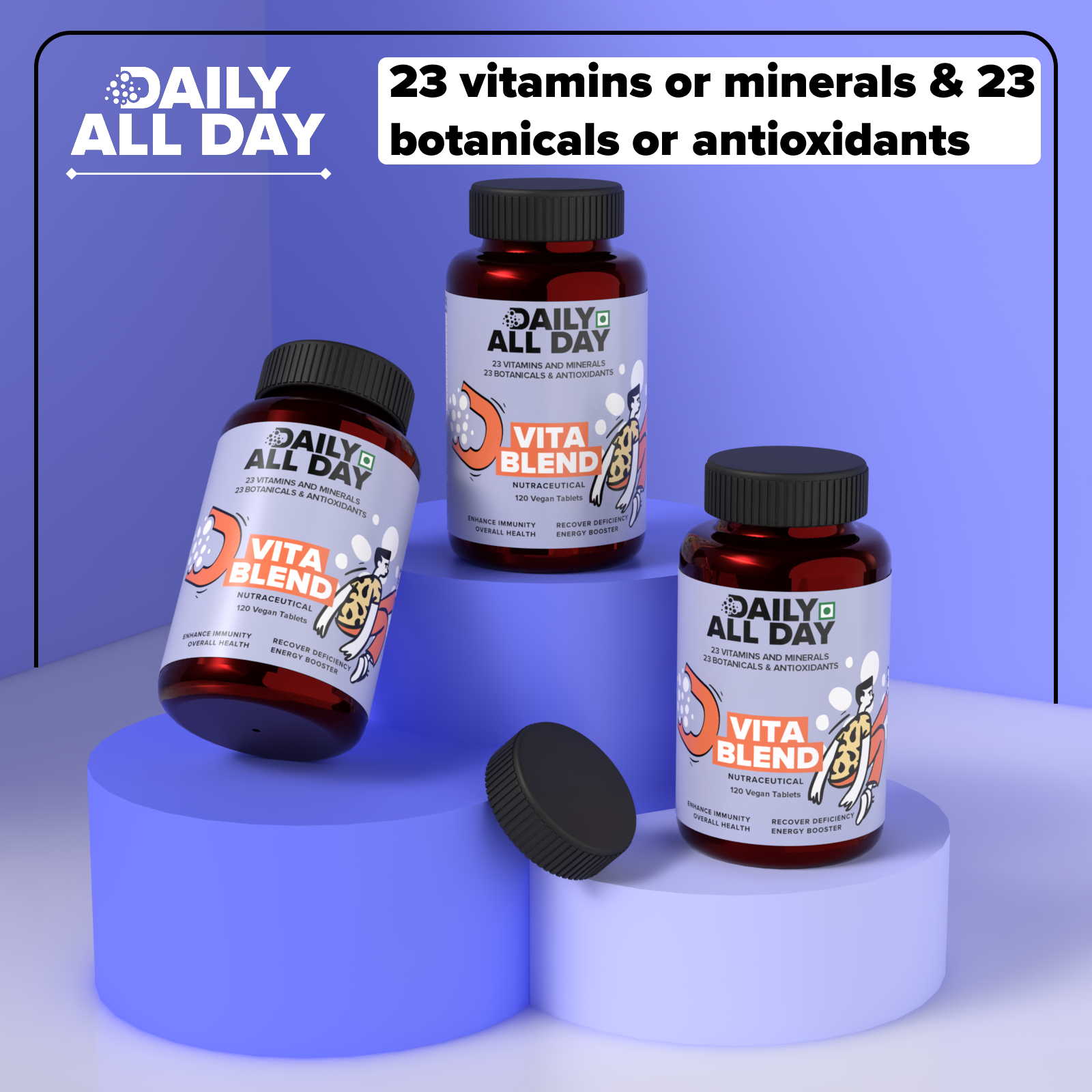I used to be a soda addict. Seriously. That fizzy, sugary hit was my go-to afternoon pick-me-up. When I finally kicked the habit, I thought I’d found the perfect healthy swap: smoothies. I mean, they’re made from fruit, right? What could be healthier? I’d toss in a banana, a handful of mango, some berries, and maybe a splash of orange juice. It felt so virtuous. But one day, I looked at the nutrition facts of a store-bought smoothie and my jaw dropped. The sugar content was almost identical to the can of soda I was so proud of giving up. It was a sobering moment. Could my “healthy” habit be just as bad as my old one?
This isn't just my story. Many of us see smoothies as a shortcut to good health, a tasty way to get our five-a-day. But experts are now raising a red flag, suggesting that many popular smoothies, especially the fruit-heavy ones, are no better than a sugary soft drink. Let's peel back the layers and see what's really going on inside that blender.
Table of Content
- The Shocking Truth About Sugar in Smoothies
- Whole Fruit vs. Blended Fruit: The Fiber Factor
- Ingredients Deep Dive: The Good, The Bad, and The Sugary
- What People Are Asking: Smoothie Q&A from Quora
- How to Build a Genuinely Healthy Smoothie
- Beyond the Blender: Filling Your Nutritional Gaps
- Frequently Asked Questions
The Shocking Truth About Sugar in Smoothies
Let’s get straight to the point. Researchers like Barry Popkin from the University of North Carolina are calling smoothies “the new danger.” Why? Because when you blend fruit, you can pack way more of it into a single glass than you could ever eat in one sitting. Think about it: could you eat three oranges, a banana, and a cup of pineapple all at once? Probably not. But you can easily drink them in a smoothie.
Popkin says, “pulped up smoothies do nothing good for us, but do give us the same amount of sugar as four to six oranges or a large coke. It is deceiving.” While the sugar in fruit (fructose) is natural, your body processes large amounts of it similarly to processed sugar, especially when the fiber is broken down. This can lead to a rapid spike in your blood sugar, followed by a crash that leaves you feeling tired and hungry again soon after. It’s a vicious cycle that can contribute to weight gain and other health issues over time.
Whole Fruit vs. Blended Fruit: The Fiber Factor
Here’s where the real difference lies. When you eat a whole apple, your teeth and digestive system have to work to break it down. The fiber in the apple’s skin and flesh acts like a net, slowing down the release of sugar into your bloodstream. This gives you steady, sustained energy.
When you throw that same apple into a high-powered blender, the blades do all the work. They shred the fiber into tiny pieces. While the fiber is still technically there, its structure is destroyed, so it can’t do its job of slowing sugar absorption as effectively. Your body gets a sudden, massive hit of sugar, much like it would from a soda. This is a critical point that many smoothie lovers miss. It's not just about the ingredients; it's about how your body processes them.
Ingredients Deep Dive: The Good, The Bad, and The Sugary
A smoothie is only as good as what you put in it. Let’s break down the common ingredients to see what you should be using and what you should be avoiding.
The Good: Your Smoothie Superstars
- Leafy Greens: Spinach, kale, and other greens are low in sugar and packed with vitamins and minerals. They are the foundation of a truly healthy smoothie.
- Low-Sugar Fruits: Berries like strawberries, blueberries, and raspberries are your best friends. They're full of antioxidants and relatively low in sugar. A blueberry smoothie is a great choice!
- Healthy Fats: A scoop of avocado, a spoonful of chia seeds, or flax seeds adds creaminess and healthy fats. These fats help keep you full and slow down sugar absorption. An avocado smoothie or avocado shake can be delicious and filling.
- Protein: Add a scoop of unsweetened Greek yogurt, a quality protein powder, or a handful of nuts. Protein is essential for building muscle and keeping you satisfied. This turns your drink into a real meal replacement, like a banana protein shake.
- Liquid Base: Stick to unsweetened almond milk, coconut water, or just plain water.
The Bad: Use in Moderation
- High-Sugar Fruits: Bananas, mangoes, pineapples, and grapes are delicious but very high in sugar. A banana smoothie is a classic, but maybe use only half a banana instead of two whole ones.
- Oats: While an oatmeal smoothie for weight loss can be great for adding fiber, be mindful of the portion. Oats are carbohydrates, and too much can add a lot of calories.
- Nut Butters: A spoonful can be great for protein and fat, but they are very calorie-dense. Stick to a single tablespoon.
The Sugary: Avoid These At All Costs
- Fruit Juice: Using apple juice or orange juice as your liquid base is one of the biggest mistakes. It’s just sugar and water with none of the fruit's fiber.
- Sweeteners: Honey, maple syrup, and agave might sound natural, but they are still added sugars. Your smoothie is likely sweet enough from the fruit.
- Flavored Yogurts: These are often loaded with hidden sugars. Always choose plain, unsweetened yogurt.
- Store-Bought Smoothies: Be very careful with pre-made smoothies or those from juice bars. Many, like the Innocent smoothies brand, can have as much sugar as a soda. Always check the label.
What People Are Asking: Smoothie Q&A from Quora
People are confused about smoothies, and for good reason! Here are some top questions from Quora that show what's on everyone's mind.
- Is it better to blend a smoothie than eat whole fruits and vegetables? Most experts agree that whole foods are better. Eating gives you more fiber (roughage) and makes you less likely to overdo it on sugars. Smoothies can be part of a healthy diet, but they shouldn't replace whole foods entirely.
- Are smoothies less nutritious? Not necessarily. A homemade smoothie with whole fruits and vegetables is packed with vitamins and minerals. The main concern is the rapid sugar uptake and potential for overconsumption.
- Are vegetable smoothies more beneficial for you than fruit smoothies? Overall, yes. Veggies contain far less sugar. The best approach is a smoothie that is mostly vegetables with just a little bit of fruit for sweetness.
- Does blending fruit spike my blood sugar faster than eating it whole? Yes, it absolutely does. Blending breaks down the fiber, causing a much more rapid sugar uptake. For most people, occasional spikes are okay, but if it happens regularly, it can be a bad thing for your long-term health.
How to Build a Genuinely Healthy Smoothie
Ready to make a smoothie that's actually good for you? It's easy if you follow a simple formula. Whether you have a fancy machine or are looking for the best portable blender for smoothies, the recipe is what matters.
The Magic Formula: The Fab Four
- Protein (20g+): Start with a base of protein. This could be unsweetened protein powder, Greek yogurt, or cottage cheese.
- Fat (1-2 Tbsp): Add healthy fats from avocado, almond butter, chia seeds, or MCT oil.
- Fiber (10g+): Pack in the fiber with leafy greens like spinach, kale, or by adding psyllium husk or acacia fiber.
- Greens (A Big Handful): Don't be shy! This is where you get your micronutrients.
For a perfect fat loss smoothie, try this: one scoop of vanilla protein powder, one tablespoon of almond butter, two large handfuls of spinach, and unsweetened almond milk. It tastes like a milkshake but will keep you full for hours without the sugar crash.
Beyond the Blender: Filling Your Nutritional Gaps
Even with the healthiest diet, it can be tough to get every single nutrient your body needs, especially with a busy lifestyle. A well-made smoothie helps, but sometimes you need a little extra support to fill the gaps and tackle specific health goals like clear skin or better immunity.
For All-Around Wellness: Daily All Day Vita Blend
Think of your body like a high-performance car. You can't run it on empty. If your diet is missing key nutrients, you'll feel sluggish and weak. The Daily All Day Vita Blend is like your body’s premium fuel. It’s packed with over 40 ingredients, including 23 essential vitamins and minerals and 23 powerful Ayurvedic herbs like Ashwagandha and Moringa. This isn’t just a basic multivitamin; it’s a holistic formula designed to boost immunity, increase energy, and support your overall health from the inside out.
For a Radiant Glow: Daily All Day Sea Buckthorn Juice
Many people drink smoothies for better skin. But loading up on sugary fruits can sometimes make skin problems worse. For a targeted approach to glowing skin, look no further than the Himalayas. Sea Buckthorn is a superfruit packed with antioxidants, Vitamin C, and the rare Omega-7 fatty acid. Our Daily All Day Sea Buckthorn Juice is made from pure, raw pulp with no added sugar. It helps boost collagen, hydrates your skin from within, and can even help with acne. Instead of a sugar-laden mango smoothie, try adding a few spoons of this potent juice to a glass of water for a real skin-clearing boost.
Frequently Asked Questions
- 1. Are smoothies good for weight loss?
- They can be, but only if made correctly. A weight loss smoothie should be low in sugar, high in protein, and high in fiber to keep you full. Avoid fruit juices and multiple servings of high-sugar fruits. An oatmeal smoothie for weight loss can be effective, but watch the portion size.
- 2. Can I drink a smoothie instead of a meal?
- Yes, a smoothie can be a meal replacement if it's nutritionally balanced. It must contain enough protein, healthy fats, and fiber to be considered a complete meal. A smoothie with just fruit and almond milk is a snack, not a meal.
- 3. Is a fruit smoothie a healthy breakfast?
- A smoothie that is mostly fruit is not an ideal breakfast. It will likely spike your blood sugar and leave you hungry by mid-morning. A better breakfast smoothie would be focused on greens, protein, and healthy fats, with only a small amount of low-sugar fruit like berries.
- 4. Does blending destroy nutrients?
- No, blending does not destroy most nutrients like vitamins and minerals. The main concern with blending is the destruction of the fiber's structure, which leads to faster sugar absorption. Some minor nutrient loss can occur due to oxidation, but it's generally not significant if you drink it fresh.
- 5. What is the best blender for smoothies?
- A good blender for smoothies will have a powerful motor to easily break down frozen fruit and leafy greens. However, you don't need the most expensive model. Even a small blender for smoothies or a quality portable blender can get the job done if you're making single servings.

The Final Blend: Are Smoothies Friends or Foes?
So, here’s the deal. Calling all smoothies 'unhealthy' is like saying all movies are bad. It’s just not true. A carefully crafted homemade smoothie packed with greens, protein, and healthy fats can be a fantastic part of your diet. But the moment you start loading it with fruit juice, multiple bananas, and sweeteners, you’re basically drinking a dessert. You’re venturing into soda territory.
The key is awareness. Understand that blending breaks down fiber, making sugar absorb faster. Prioritize vegetables over fruits, and always include a source of protein and fat to keep you full and balance your blood sugar. It's about being smart with your blender, not ditching it entirely.
And for those days when you're rushing or your diet falls short, remember that you can fill the gaps. A comprehensive supplement like the Daily All Day Vita Blend ensures your body gets the 40+ essential nutrients it needs for energy and immunity. And if you’re looking for that extra glow and an antioxidant boost without the sugar, adding a splash of Daily All Day Sea Buckthorn Juice to water can be a game-changer for your skin and overall health. It’s about building a holistic routine where every choice, from your smoothie to your supplements, works together to make you feel your best.

